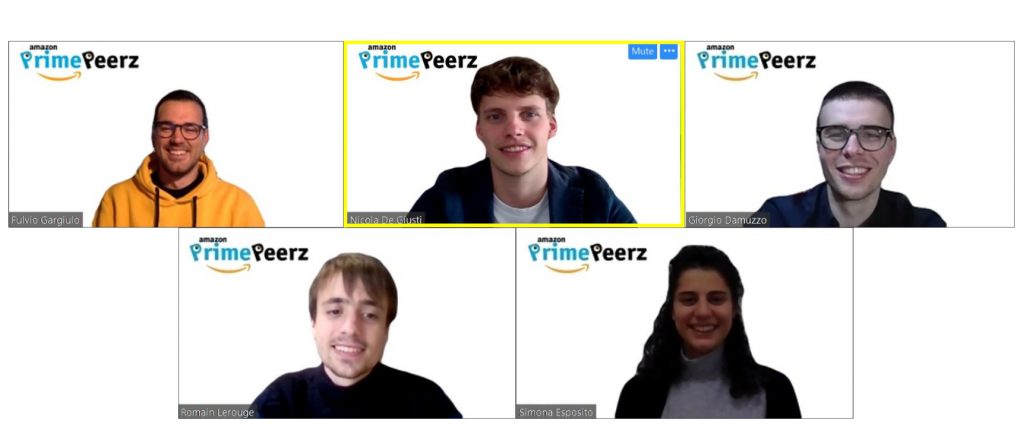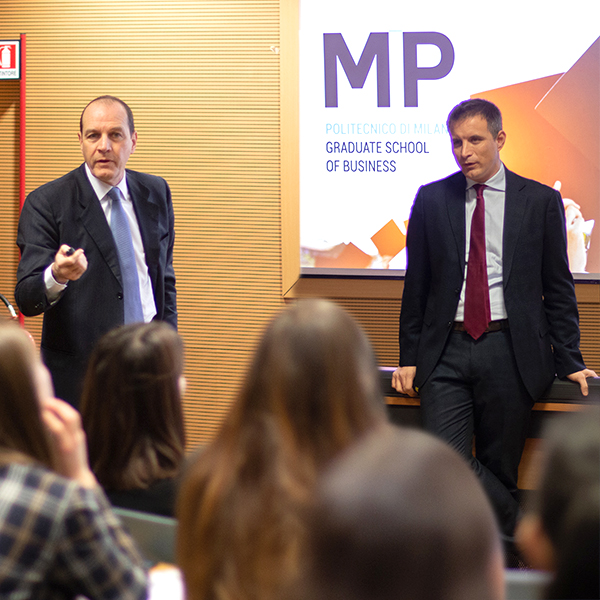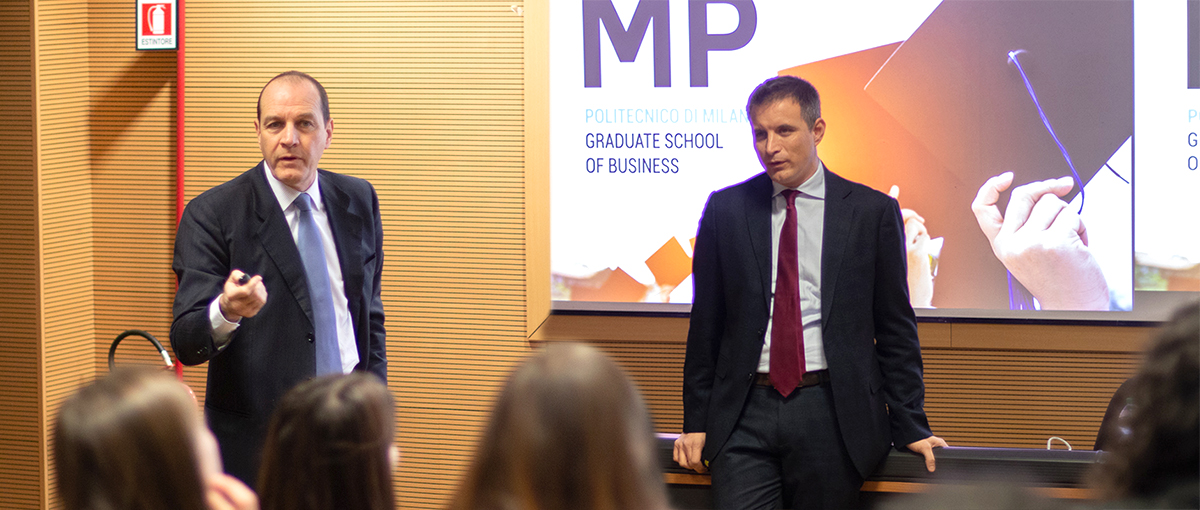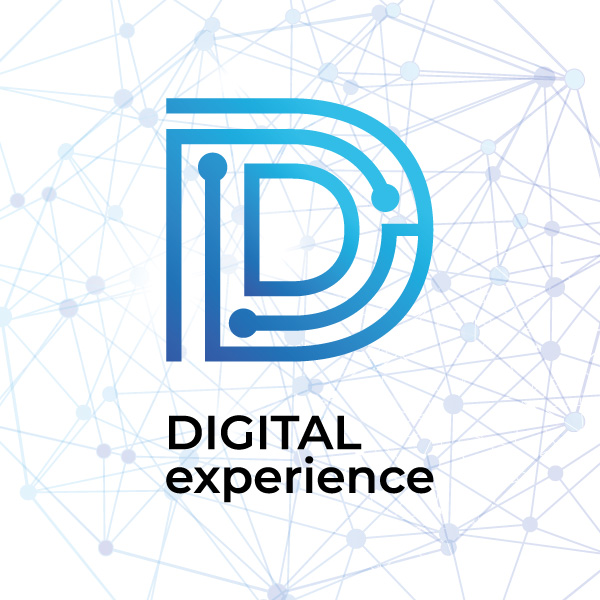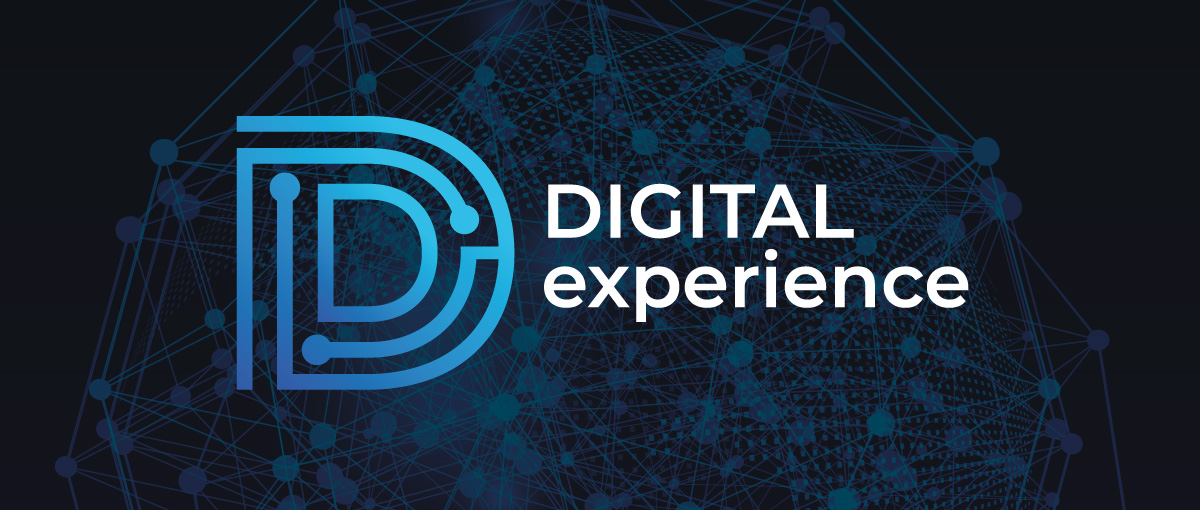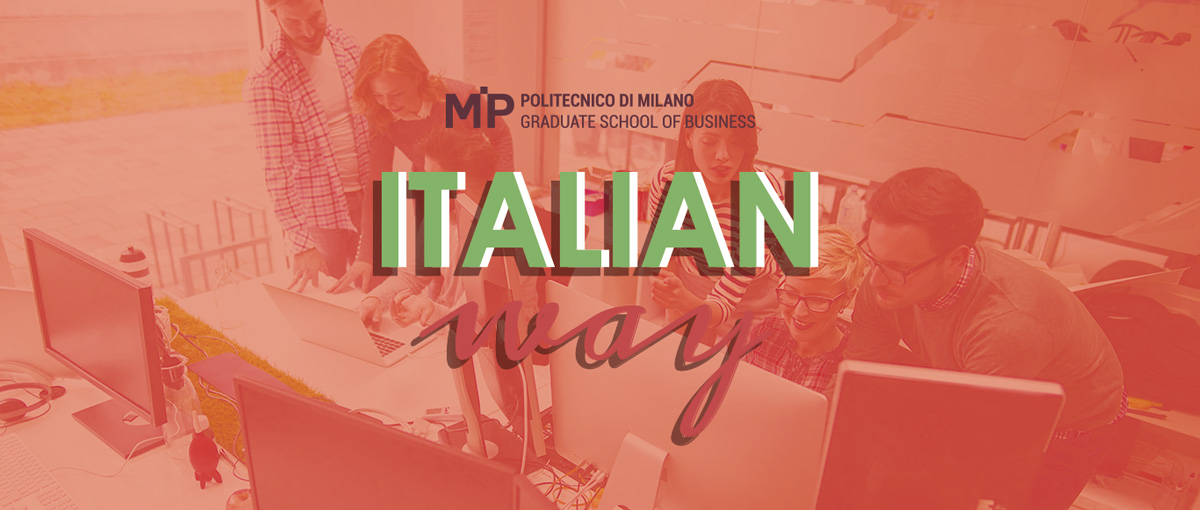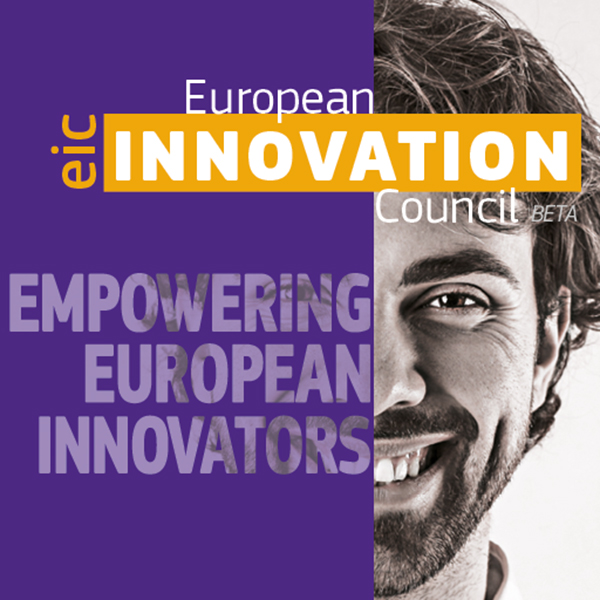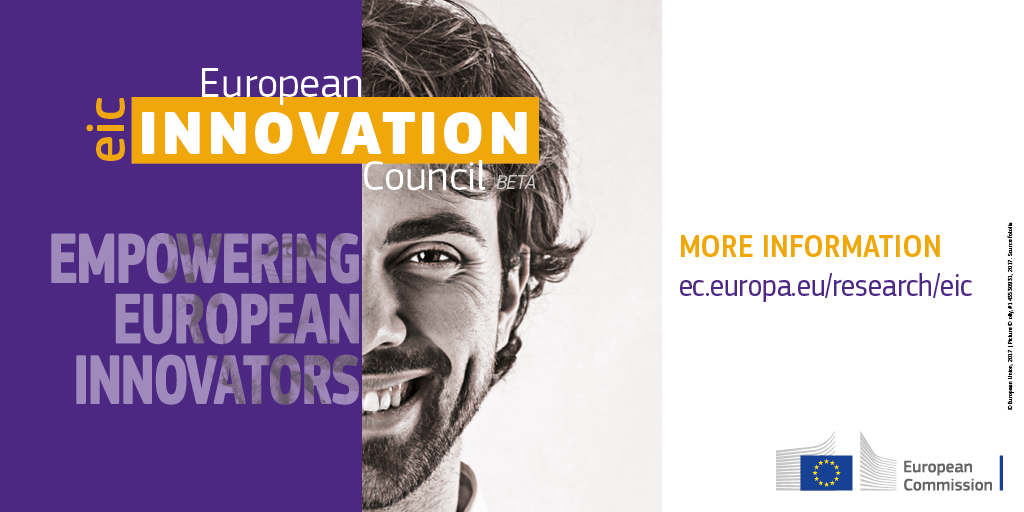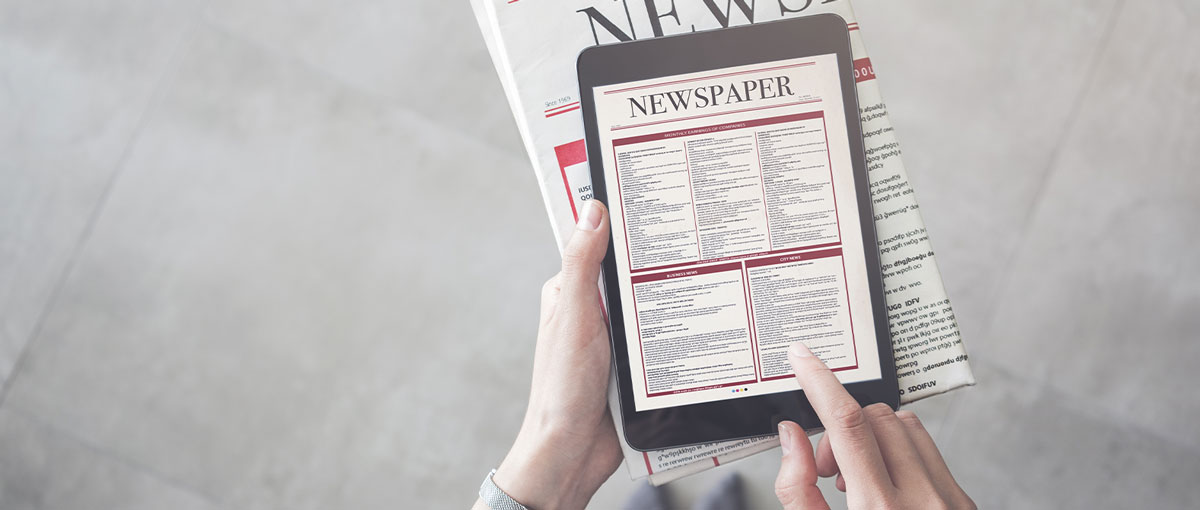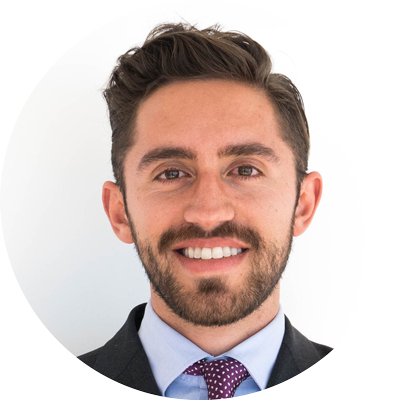
An innovative city. The numbers show it: in an increasingly dynamic Italian landscape, Milan confirms its position as the favourite place for young entrepreneurs. In the shadow of the Madonnina, the symbol of the city known throughout the world, are concentrated 15% of Italy’s new, innovative SMEs. Among 9,742 entrepreneurial firms, between startups and small companies, set up in Italy in the last year, 1,505 are in Milan. But, beyond this number, what’s perhaps more important is the extremely high survival rate (98%) of these new companies, evidence of a very favourable environment for the development of new businesses.
The figures were presented recently by Cristina Tajani, councillor for Labour Policies for the City of Milan, who also pointed out that the city invested some 11.5 million euros in new companies from 2012 to 2018. In the same period, the revenue generated by new businesses exceeded one billion euros.
In Italy, Milan can thus boast a leadership position that dates back decades and an ecosystem of services, institutions and infrastructure that offer entrepreneurs all the necessary instruments to allow their business to best function, including easier access to credit. Moreover, the entrepreneurial attractiveness of the Lombard capital is now well established and recognized at an international level. In 2016, Financial Times elected Milan as the Italian capital of startups. Then in the last three years, the city has been able to capitalize on the experience of Expo 2015, which successfully repositioned it on the world scene.
And, as the United Kingdom finds itself struggling to deal with Brexit, several institutions and large companies are considering abandoning London and looking to Milan for their next headquarters. Prestigious multinationals long ago chose it for their Italian offices: Microsoft, IBM, Google, Deloitte, Adecco, Gartner and many others.
The Lombardy Region also does its part in providing loans and other financing to innovative startups: a concrete example of this is the “Intraprendo” tender, which offers up to 65,000 euros in funding and is part of a broader three-year Strategic Program for research and innovation with total resources of about 750 million euros.
Empirically supporting this widespread awareness of the leading role played by Lombardy and, in particular, by Milan, for Italian startups are also the figures of the Hi-tech Startup Observatory of the Politecnico di Milano’s School of Management, which quantifies investments made by formal investors, such as venture capital funds and informal ones, like business angels and crowdfunding platforms, in startups with a high innovative content in the Digital, Cleantech & Energy and Life Science sectors.
Since 2012, the year in which both the Observatory was established and the Innovative Startup Decree was issued by the Ministry of Innovation and Economic Development, Lombard hi-tech startups raised a total of more than 600 million euros, while those headquartered in the province of Milan raised more than 550 million euros. In 2018 alone, the capital raised by the 43 startups receiving financing amounted to almost 250 million euros, about half of Italy’s total.
In addition to the strong presence of high-quality startups and growth potential, the city boasts a well-developed support system made up both of investors, whose capital enables startups to achieve their growth potential, and accelerators and incubators, which instead concentrate on companies in their embryonic phase, providing support and expertise to help fine-tune the business model.
These actors are sometimes tied to local universities, like the Poli360 investment fund – a partnership between Politecnico di Milano and the VC fund 360 Capital Partners for the financing of technological ideas – and PoliHub, a Politecnico di Milano incubator and accelerator, the third best incubator in the world according to Ubi Index, an international research firm specialized in the sector.
So there is fertile ground for all aspiring startuppers who want to become part of Milan’s vibrant economic fabric and a dense network of business relations that is destined to grow. Just ask Palermo native Giovanni De Lisi, who in Milan found the opportunity to set up Greenrail, a project involving eco-sustainable railway sleepers made from recycled material that can already boast a contract in the US worth 75 million euros. Or the Calabrian Osvaldo De Falco, who chose Milan for his Biofarm, a bonafide “digital agricultural” company that attracted the attention of Italian financial daily Il Sole 24 Ore thanks to its record crowdfunding: it asked for 80,000 euros, it got 300,000. And it’s now looking to expand abroad.
Milan’s appeal, however, isn’t strictly limited to business: fashion, food, the artistic patrimony, the cultural offering, even the climate, which in recent years has become milder, make it a city in which life is pleasant and stimulating. A winning mix.
But are you born a startupper or do you become one? Undoubtedly, talent and insight are fundamental to launch a business. Yet an entrepreneur, today, also needs economic and technological skills.
So while PoliHub offers a perfect environment to incubate and develop new entrepreneurial ideas, it is also within the Politecnico di Milano, in its School of Management, that aspiring startuppers can gain the necessary expertise for the development of new business ideas.
MBA and Executive MBA programmes, for example, encompass Startup & Strategy courses, but there are also specific Master’s degrees like the Advanced Master in Innovation and Entrepreneurship, offered in collaboration with the Solvay Brussels School.
In addition, the MIP Management Academy offers an extensive catalog of courses for the public executive who wants to explore the theme of Entrepreneurship & Strategy.
